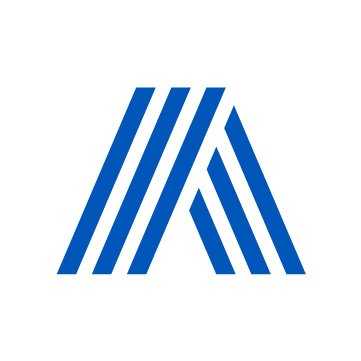There’s Still a Place for 3- and 4-Axis Machining
Are 3- and 4-axis machines becoming obsolete?
That’s the question people are asking as CNC machining services move toward automation and 5-axis machining.
But the team at Heinz Engineering believes 3- and 4-axis machines still serve a purpose for many projects. And with the right upgrades, this equipment can even offer 5-axis capabilities.
Let’s discuss the best use cases for 3- and 4-axis machines and how we increase their capabilities.
Best Use Cases for 3- and 4-Axis Machining
3- and 4-axis machines are excellent for high-production runs.
If your part isn’t complex—and you need thousands of them made—this standard type of precision machining can be a cheaper alternative to 5-axis machining.
Heinz Engineering consistently runs 3- and 4-axis machines at a lower cost than 5-axis machines. We get more production from the equipment with the right programming and fixtures. For instance, we develop fixtures to machine multiple parts per run, enabling us to manage higher capacity at lower costs.
Some ideal applications for 3- and 4-axis machines include:
Tooling
Fixtures
Connectors
Housings
Geometric bushings
How Heinz Engineering Increases 3- and 4-Axis Machining Capabilities
We extend the life and increase the capabilities of our 3- and 4-axis machines by adding trunnions and indexers, which are devices used to handle complex parts.
A trunnion is a fixture that’s bolted onto a 3-axis machine. It has a 360-degree rotation, allowing us to machine multiple sides of a part. Trunnions essentially give a 3-axis machine 5-axis capabilities.
An indexer is a tool that attaches to a 3-axis or 4-axis machine, providing one additional axis. With an indexer, a 3-axis machine can do 4-axis machining, and a 4-axis machine can do 5-axis machining.
We pass our cost savings on to you
Investing in trunnions and indexers instead of new 5-axis machines results in significant cost savings. The expense of a new 5-axis machine can be hundreds of thousands of dollars. But the cost of installing a trunnion is only $5,000 to $15,000.
If a precision machine shop takes on the debt of a 5-axis machine, they’ll have to pass on the cost to customers to stay profitable. By upgrading our 3- and 4-axis machines instead, we’ve developed a cost-effective solution that enables us to pass on cost savings to you.
Best of all, the capabilities of an upgraded 3- or 4-axis machine are nearly the same as a 5-axis machine. We estimate our updated equipment can accomplish about 85% of what a 5-axis machine can achieve!
When to use 5-axis machining
Of course, there are some projects for which 5-axis machining is still the best precision machining solution.
5-axis machining is best for parts with highly complex geometries, such as curved angle dimensions less than 45 degrees and ports drilled at different angles.
The Future of 5-Axis Machining at Heinz Engineering
As Heinz Engineering looks to the future, we plan to continuously invest in advanced capabilities, which will mean adding more 5-axis machining technology to our shop. However, we’ll also continue using the 3- and 4-axis machines we have to their full potential.
Upgrading our existing equipment to offer 5-axis machining capabilities is just one of the ways we consistently deliver quality parts at a reasonable price.
Request a quote for our CNC machining services today, and we’ll respond within 24 hours!


